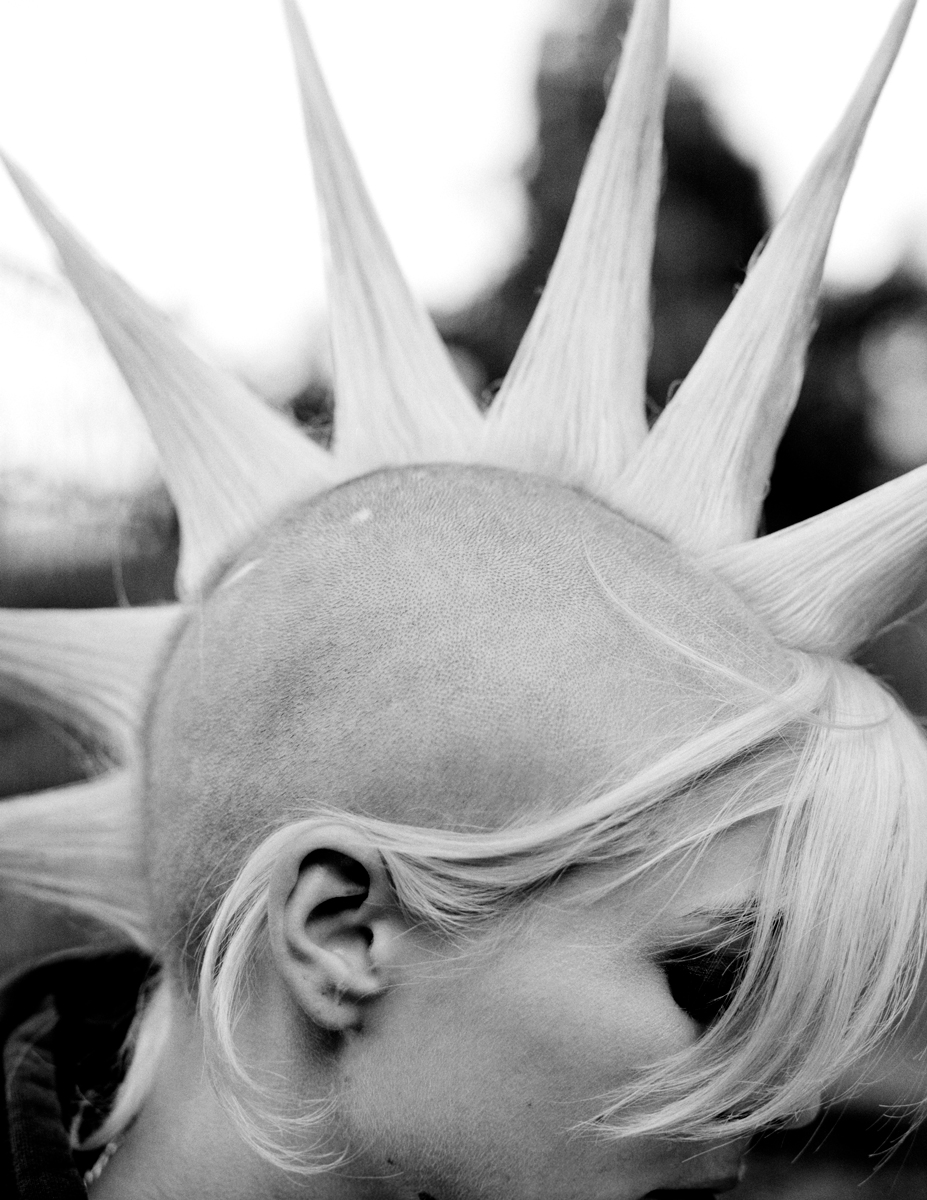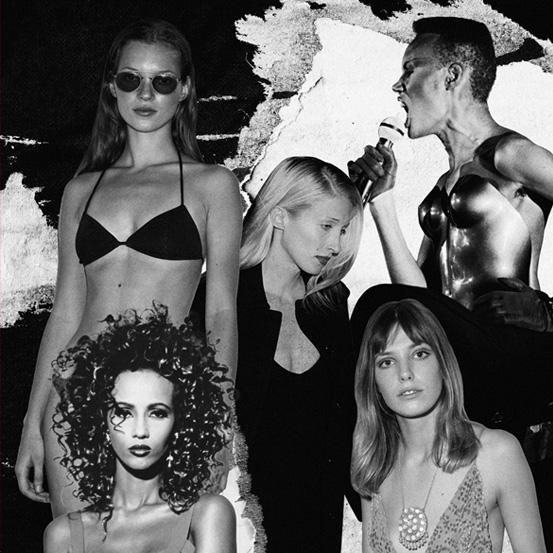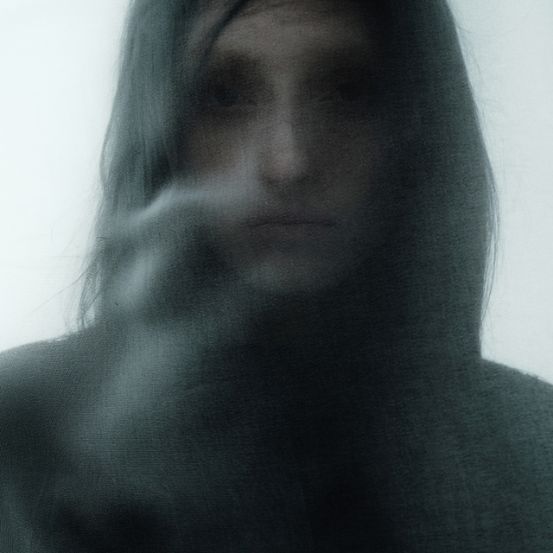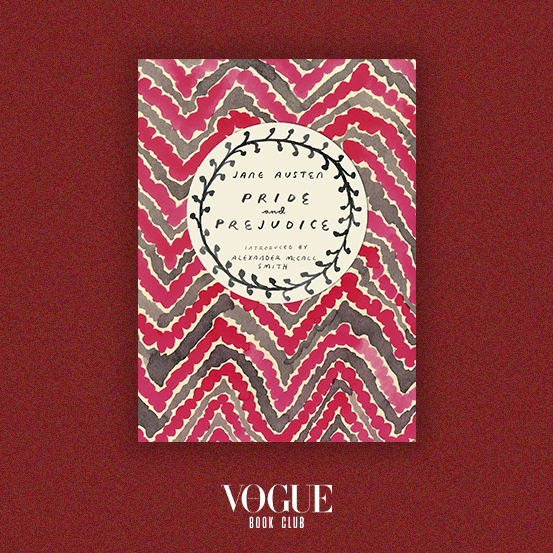First rule of punk is you don’t follow the rules. Second rule of punk is you don’t follow the rules. Which, translated into Portuguese at its best, means anarchy and pure and absolute rebellion. Much more than a style, punk was a movement in which rules existed only to be broken and the lack of concern regarding clothing was the motto to follow. Punk style isn’t, and never has been, meant to be worn, but to be embodied. It’s one of those things that you either have or you don’t. And, if you don’t, there’s no leather jacket that can save you.
First rule of punk is you don’t follow the rules. Second rule of punk is you don’t follow the rules. Which, translated into Portuguese at its best, means anarchy and pure and absolute rebellion. Much more than a style, punk was a movement in which rules existed only to be broken and the lack of concern regarding clothing was the motto to follow. Punk style isn’t, and never has been, meant to be worn, but to be embodied. It’s one of those things that you either have or you don’t. And, if you don’t, there’s no leather jacket that can save you.

© Getty Images
© Getty Images
If we dive into it a little, we think: damn, we’re not that modern, cocky or even rebellious. Not as much as we wanna make it look when we dress a certain way. It’s a fact: we always, always, dress to pass on a message - of who we are, what we like and stand for, our values and ideals. So, if we think a little bit about certain styles of Fashion or movements, today we can reach the conclusion that we’re not that original, and even less defiant. We’re kids. We don’t have a drop of uprising within us and we’re just copies of the real transgressors of rules, of life, of society, of the system. Let’s lean into the punk movement. We see it a little bit all over the place: in runways or Fashion editorials, in pictures of the most elaborate street style and, more recently, we see it all throughout Instagram. And there they are, the clothing that most define the movement: leather pieces - the jacket, always -, chains, studded belts, punk bands t-shirts, of course, combat boots - and the ones with enormous platforms -, piercings, tattoos, the color back - always the color black -, and a clearly angry attitude. In Corta-e-Cola: Discos e Histórias do Punk em Portugal (1978-1998), by Afonso Cortez, published in 2017, the year when punk turned 40 in Portugal, one can read some quotes that will explain the line of thought - the one in which I consider us a bunch of kids playing punk. Let’s see: “Don’t open the English dictionary to know what punk means. I’ll you: rotten, prostitute, nonsense, meaningless thing or person. Don’t seek to know what others or their lords think of the movement and music; a few days ago, a friend of mine, your age, also called them just that: sons of bitches, vile people, a bunch of pussies, rude musicians, should-be-shot. Don’t seek to deny this or whatever you may hear, even if you get spat in the face. Don’t look for adjectives, excuses or arguments to contradict because 1) If you’re not punk, you’ll look bad; 2) If you think you are, even worse’. António Amaral Pais, A Grande Punkada in Música e Som, 1978”; “It’s important to discard the idea that being punk means having spiky hair, ripped clothes and listening to M.O.D, Sex Pistols and Exploited and having an empty head! It’s important to be conscious and try not to be an accomplice to all this shit that spreads even further!’ Rui Maia, Inkisição”. In only two quotes from this book, we can see that being punk in that time wasn’t easy. Well, in Portugal.
The punk subculture has its origins in the UK and in the United States of America, more specifically in underground New York. It all started as a youth reaction, around the 1970s, in a time when things seemed to be getting out of their control - from the government to politics, also economics and, obviously, all the social issues that arisen from there. The post World War II period saw ethnic minorities, women and LGBTQ in a fight for their rights. In the UK, there was mass unemployment, changes in moral standards and rising levels of poverty. On the other side of the ocean, the US dealt with the rebellion against the Vietnam War, the “New Right” (a movement that stood for political conservatism and traditional family roles), Watergate, amongst other issues. Stimulated by a new wave of musicians, like the Ramones, The Clash or New York Dolls, the young subculture dressed in a way to show their feelings of disappointment, displeasure and, of course, uprising. They challenged Fashion norms by wearing t-shirts with slogans, ripped clothes with pins, alternative and unequivocally sexual hair and makeup. There was a DIY look - one of the characteristics of punk style, because everything was done from a need, mostly from pieces of second hand stores and whatever they had at home. Designers like Vivienne Westwood and Jean Paul Gaultier took punk Fashion off the streets and translated it, as well as its feeling of frustration and oppression, into the runways. In reality, we owe it to Vivienne Westwood and her boyfriend and manager of the Sex Pistols, Malcom McLaren, considered “father of punk”. In front of the Sex shop, the couple was greatly responsible for the outcast look of the band, thanks to their avant-garde vision that defined them so well. They were the first to sell clothing in leather full of zippers, in a time when the peace & love movement, spread by hippies, was incredibly strong. Punk. The word means reality, rot, dirt, insanity. The movement held the flag of disappointment and its motto was: no future. With it, the style brought a language that would become anarchist, baroque and desperate. Each piece of clothing was worn hard and meaningful. The use of black leather jackets meant that whoever wore them stood for that leather like who stands up for life itself: you can’t steal a biker jacket, you can get one back or strip it down from someone not wearing it or not standing up for it - this was the maxim. Considered sadomasochists, they showed off that taste by wearing studded bracelets, pins, and guitars that were held like they were machine guns. Seen as marginal, druggies, transvesti, prostitutes, suicidal and dreamers, they sought out the spirit of change. It wasn’t about a visual or musical culture, it was, above anything else, a critique and an attack on an exploitative, stagnant society, extravagant in its own vices. More revolution than style or the political movement, more feeling than consciousness, the movement had, as the first rule, the absence of rules: anarchy. Being punk was breaking the rules instead of creating them, it was being unbothered about wearing the right clothes or saying the right clichés. It was thinking and expressing for yourself, and in a group of course. Even though it flourished out of the orbit of what is considered mainstream, punk was immediately taken in by the Fashion industry, which didn’t take long to take in the rebellious look, full of sex appeal of punk bands and their followers.
It’s true that one of the great responsible people for making this movement a Fashion trend was designer Vivienne Westwood, but, let’s just say, she had (has) punk written everywhere - Westwood is punk on the inside and out, so the credit is all hers. Who also knew how to take punk into the runways, and make it a priority, was British designer Alexander McQueen (1969-2020). And also Jean Paul Gaultier, already mentioned, Anna Sui or Commes des Garçons. We could fill pages and pages naming every time punk was in Fashion weeks and in the main editorials of the best publications of the kind. The influence of this movement in the Fashion industry was so strong that, in 2013, the Costume Institute of the Metropolitan Museum, opened an exhibition to show the impact of this style in great Fashion Maisons, under the name Punk: Chaos To Couture. Nowadays, young designers, like Alexander Wang, help spread the punk style in Fashion: heavy boots with gigantic platforms or sandals covered in studs and spikes are recurrent creations of the American designer’s universe. The Italian Riccardo Tisci has frequently brought to runways the dark and thug mood of punk, using piercings and the color black. Besides the underground musical scene, style icons like former director of Vogue Paris, Carine Roitfeld, managed to show throughout their careers in Fashion and with extra doses of excellence, that it’s possible to be sophisticated and rebellious at the same time. “I’ve always loved punk aesthetics. I have no piercings or tattoos and I never shaved my hair. But my vision is punk, I have a rebellious mind. I hate it when people say that something can’t be done”, said Roitfeld, a lover of the classic fetish look, made by skin tight leather skirts and wide belts. Even if you don’t have punk “inside”, at least wear some defiance as an accessory.
Originally translated from the Underground issue, published October 2021.Full credits and stories on the print issue.
Most popular
.jpg)
Para Daisy Edgar-Jones, o fascínio pela beleza começou com o blush da sua mãe
08 Jan 2026


Relacionados


.jpg)
Para Daisy Edgar-Jones, o fascínio pela beleza começou com o blush da sua mãe
08 Jan 2026


